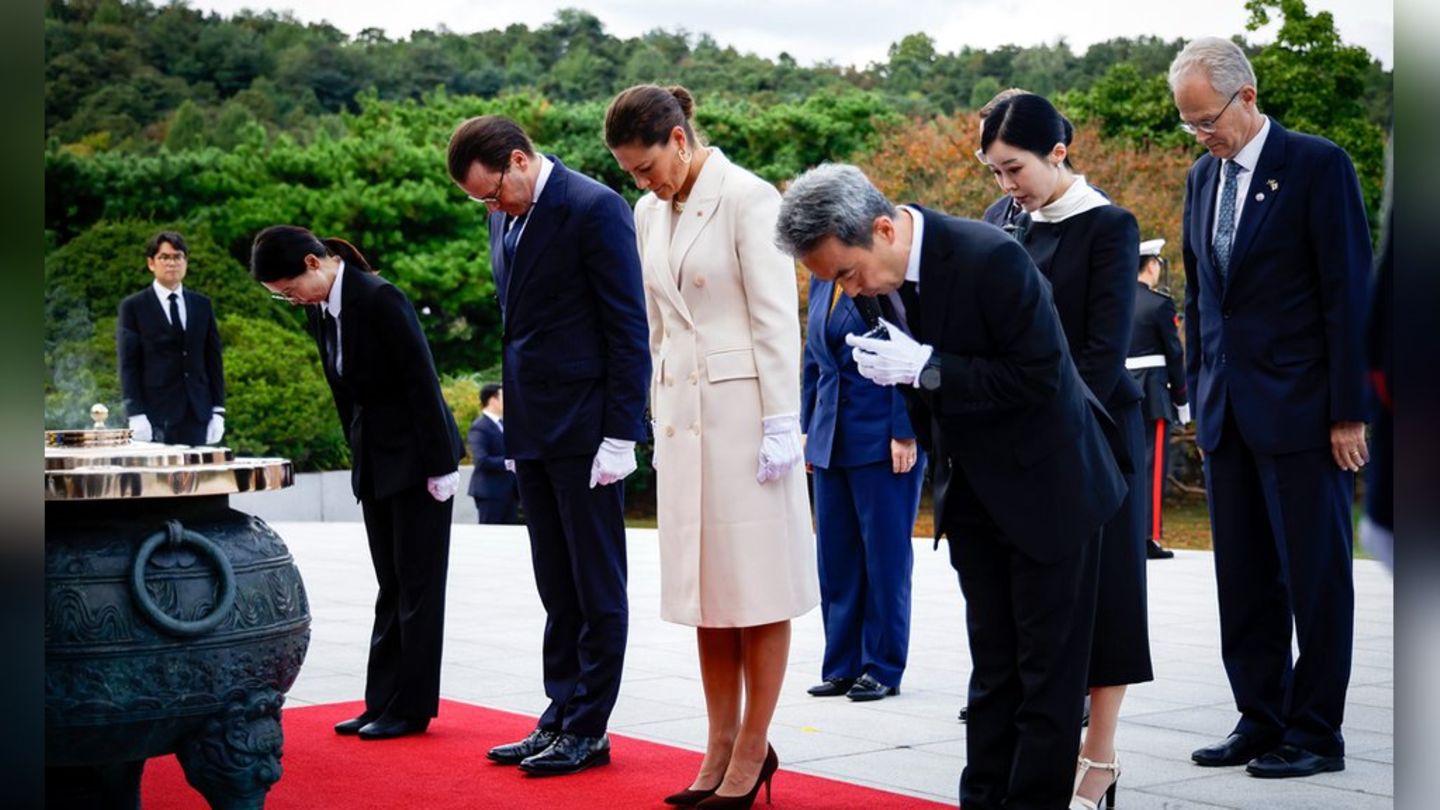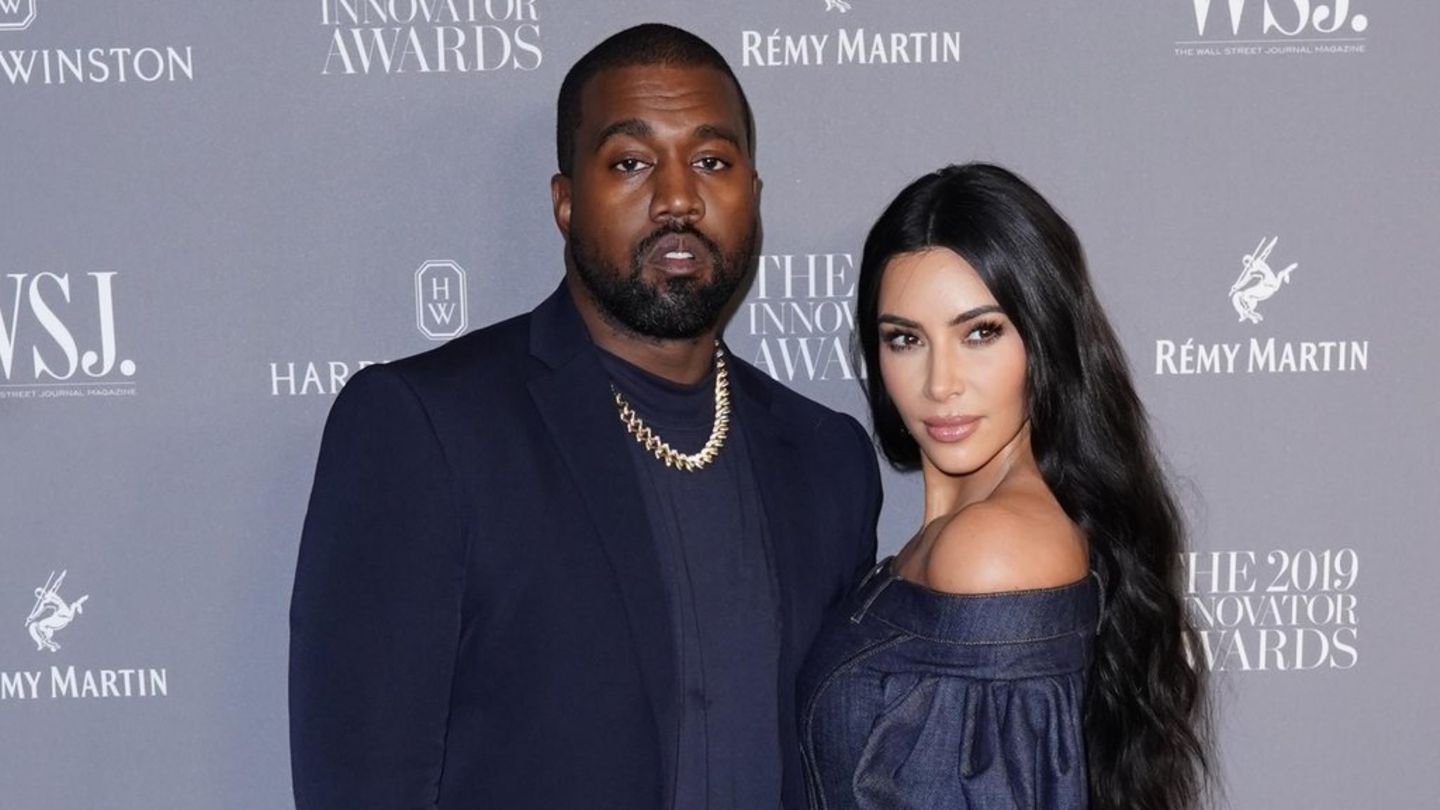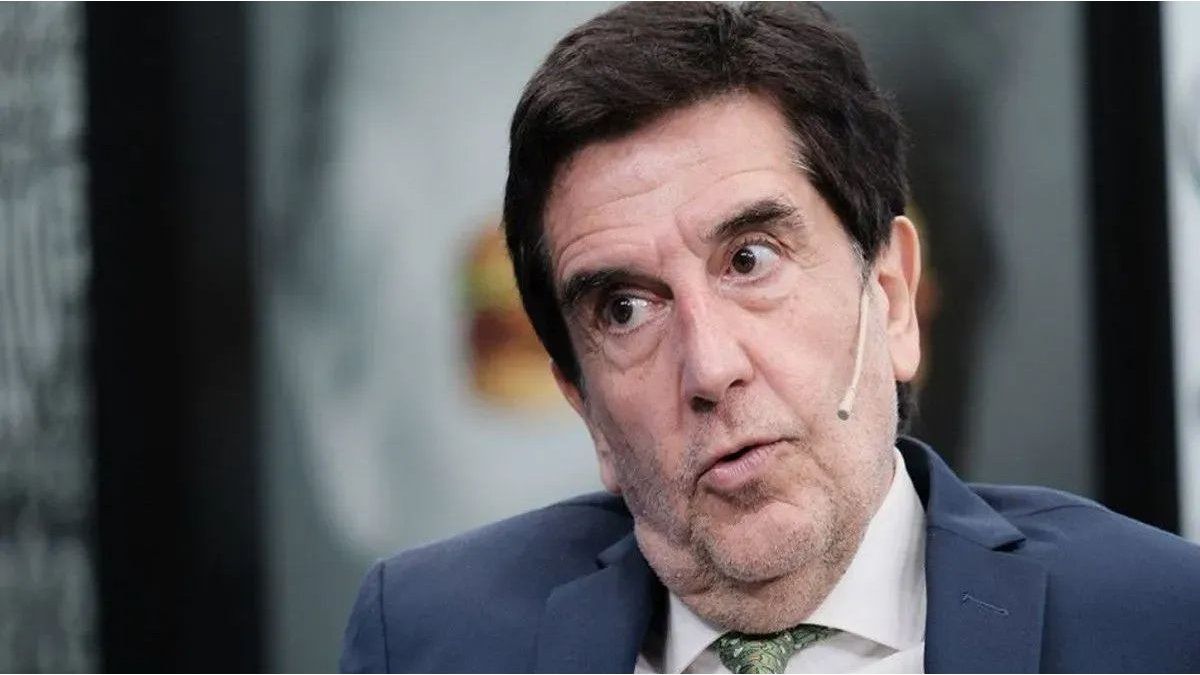Heiko Beyer is a self-confessed South America aficionado. Because it was time for a change of scenery, the 55-year-old German doctor of microelectronics, who has worked as a photojournalist for three decades, focused on what is probably the most beautiful end of the world. Next week he will open the travel and adventure days in Lenzing, Kirchdorf/Krems and Steyr with “New Zealand – half a year through the land of the Kiwis”.
What drew you to New Zealand?
Heiko Beyer: The hook, of course, was the landscape. In New Zealand you have the spectacular things that you have to seek out anywhere else in the world in a country on two islands: the geysers, the great volcanoes, many of them active, colored mud pots, the great alpine areas of the South Island, waterfalls, one absolutely gigantic nature. And then I was amazed by the people, the Kiwis, how relaxed, nice, but also weird they were. These encounters were the salt in the soup.
How weird are they?
An example of their quirkiness: In Rotorua, known for the geysers, I come across an elderly lady struggling to get things to the car. When I help her, she introduces herself and says that she is a member of a “coffin club,” a coffin club. When I ask what that is, she says: “We meet once a week and build our own coffins.” And with a huge hurray I was accepted into this row of pensioners.
They also came across a prospector legend.
This Val Currie, around 80 years old, is one of the last prospectors. And since he still needs a little money, he has set up a small museum in his house on the west coast road in which he exhibits his own life. He still digs today, leads into his tunnels, in which he works two or three hours a day. It’s an addiction, he can’t stop. However, he is only rich in his heart, not in his pocket, he says.
How did your encounters with the Maori go?
Of course there are the tourist folklore events, but they are really well done and if you want a brief introduction to the world of the Maori as a visitor, I can only recommend it. In fact, the Maori still live in Maori villages. It was a long time before I met a Maori speaker who also took me into the forest to see his tree, which he chose when he was young and with which he has developed a lifelong bond.
What wisdom did you take with you?
That the Maori, as much as they are integrated into the modern world, for the most part still have a very close connection to nature. It determines their actions and actions. Before a Maori fisherman sets out, he speaks to Mother Earth and the sea and apologizes for taking out fish that he then eats. And I also felt the connection to the forests, to the trees, very strongly in the culture. The idea of protection is planted here very early.
What does New Zealand have to offer in culinary terms?
At a festival there was the Huhu-Grubs, which are thick, fat, very protein-rich tree maggots. They taste nutty when roasted. When eaten raw, it feels weird having something fidgety in your mouth and having to bite down to kill it. This is not for everyone. Apart from that, the cuisine is not that special. You get a lot of lamb and fish, otherwise you will find the typical burger joints. The red wines still have room for improvement, but the white wines are really good.
You came home with 30,000 photos. How does that feel?
burdensome. The difficult part is the video recordings – looking through around 70 hours of material, 4K high-resolution, choosing the right takes and building sequences from them takes a long time. My shows now consist of 80 percent videos.
Which destination do you want to photograph and film next?
I’m currently working on a project in Colombia, I’ve been there three times and a fourth will follow this year. The country is exciting, safe to travel to, and if you want to experience a piece of authentic South America, you should go to Colombia.
To person
Surname: Heiko Beyer (55)
Profession: Photojournalist, producer, lecturer
Lecture: “New Zealand – half a year through the land of the Kiwis”, Lichtspiele Lenzing (10.1., 7.30 p.m.), Kino Kirchdorf (11.1., 5 p.m. & 8 p.m.), City Kino Steyr (12.1., 5 p.m. & 8 p.m.)
All canvas OÖ
Other lectures:
Christian Biemann: “Magical Central Asia. Kyrgyzstan, Uzbekistan, Tajikistan”, Lenzing (24.1., 7.30 p.m.), Kirchdorf (25.1., 5 p.m. & 8 p.m.), Steyr (26.1., 5 p.m. & 8 p.m.).
Dieter Schonlau: “Rainforests. Life in the jungle”, Lenzing (14.2., 7.30 p.m.), Kirchdorf (15.2., 5 p.m. & 8 p.m.), Steyr (16.2., 5 p.m. & 8 p.m.)
Lotta Lubkoll: “Hiking, happiness and long ears. Crossing the Alps with Jonny the Donkey”, Lenzing (7 March, 7.30 p.m.), Kirchdorf (8 March, 17 & 20), Steyr (9 March, 17 & 20).
Martin Engelman: “Southern England. From Dover to Cornwall”, Lenzing (28.3., 7.30 p.m.), Kirchdorf (29.3., 5 p.m. & 8 p.m.), Steyr (30.3., 5 p.m. & 8 p.m.)
Anita Burgholzer & Andreas Huebl: “Tailwind. Around the world by bike”, Lenzing (April 11), Kirchdorf (April 12), Steyr (April 13, each 7.30 p.m.)
- Info: allesleinwand-ooe.at
more from travel
On the Predigstuhl and to the Rathlucken Hut
Where is the journey going?
Appearance in Obertauern
The best travel destinations of 2023
b.lichtenberger@nachrichten.at

My themes
For your saved topics
found new items.

info By clicking on the icon you add the keyword to your topics.
info
Click on the icon to open your “My Topics” page. They have of 15 tags saved and would have to remove tags.
info By clicking on the icon you remove the keyword from your topics.
Add the theme to your themes.
Source: Nachrichten



